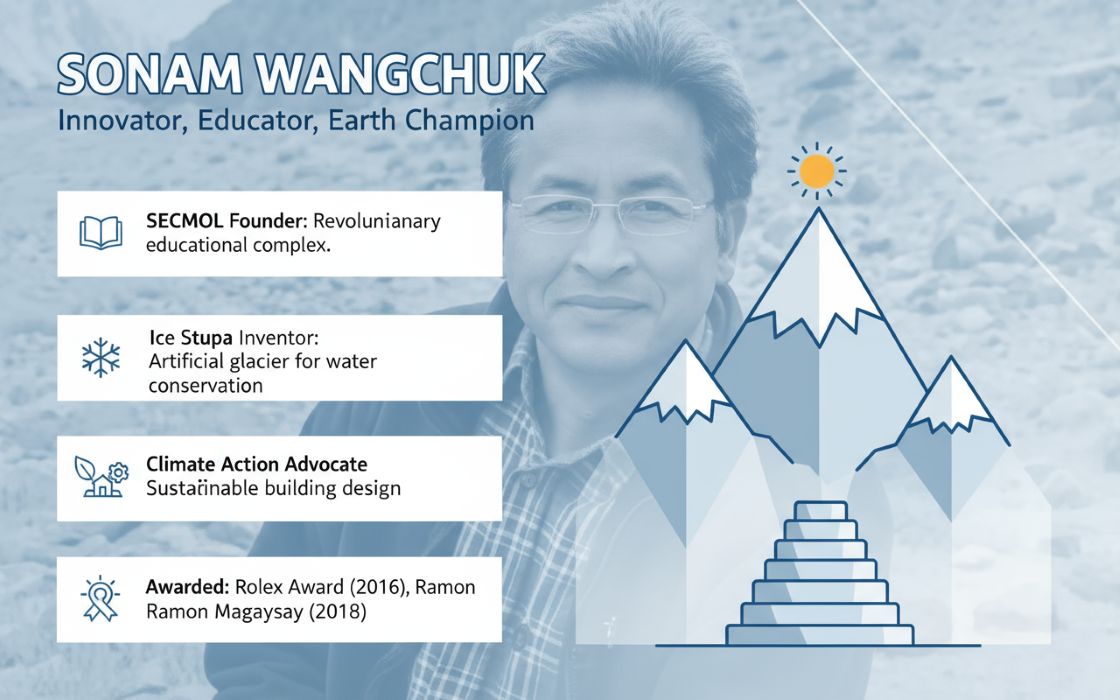In the race to combat the devastating effects of plastic pollution, one innovative solution is rapidly gaining momentum: edible packaging. In a world where plastic waste is suffocating the planet, especially with the global plastic production reaching an astounding 400 million tons annually, the urgency to find alternatives has never been more pressing. A staggering 91% of plastic waste is not recycled, leaving oceans, landfills, and ecosystems flooded with non-biodegradable materials that will take centuries to decompose.
Edible packaging, which is made from biodegradable and often food-grade materials, offers an exciting and eco-friendly alternative to traditional plastics. Imagine packaging that not only serves its purpose of protecting products but can also be consumed or composted without leaving harmful waste behind. From seaweed-based wrappers for snacks to rice-paper containers for beverages, edible packaging is emerging as one of the most innovative and practical solutions to the global plastic crisis.
This alternative is not only sustainable but also holds the potential to revolutionize packaging across multiple industries, from food and beverages to cosmetics and pharmaceuticals. As environmental concerns continue to mount, the edible packaging market is projected to grow at a 5.6% CAGR from 2023 to 2030, as more companies and consumers seek out sustainable solutions.
However, while the promise of edible packaging is great, the path to widespread adoption is fraught with challenges. High production costs, limited scalability, and consumer hesitancy are some of the barriers to making edible packaging a mainstream solution. The role of government policies and private sector initiatives will be crucial in accelerating this transformation.
The Plastic Crisis: A Looming Environmental Disaster
India generates 3.5 million tons of plastic waste annually, with approximately 60% of it being recycled, leaving the rest to end up in landfills, rivers, and oceans. This waste contributes significantly to environmental degradation, affecting marine ecosystems, wildlife, and human health. Globally, the problem is even more alarming, with over 400 million tons of plastic waste generated each year, of which only 9% is recycled. Single-use plastics, particularly from food packaging, are among the most significant contributors.
What is Edible Packaging?
Edible packaging refers to materials derived from natural substances such as seaweed, rice, wheat, cassava, starch, and other biodegradable polymers. These materials are processed to create films, coatings, and containers that can be eaten along with the product or disposed of safely. Examples include:
- Seaweed-based wrappers for sandwiches and sushi.
- Rice-paper sheets for snacks.
- Starch-based cups for beverages.
Recent Trends and Innovations in Edible Packaging
- Rise of Plant-Based Materials: Innovations in plant-based materials such as cassava, corn, and seaweed are leading the edible packaging industry. For instance, Notpla, a UK-based startup, uses seaweed to create biodegradable sachets and films that can replace plastic.
- Focus on Shelf-Life Extension: Researchers are integrating edible coatings with antimicrobial properties to prolong the shelf life of perishable products like fruits, vegetables, and dairy.
- Consumer Awareness and Demand: The global edible packaging market is projected to grow at a CAGR of 5.6% between 2023 and 2030, driven by increasing consumer demand for sustainable packaging solutions.
- Policy Interventions: Governments worldwide are implementing bans on single-use plastics, incentivizing companies to adopt eco-friendly packaging alternatives. India, for example, introduced a ban on single-use plastics in July 2022, which has catalyzed interest in sustainable solutions like edible packaging.
Policy Approaches and Their Effectiveness
Governments play a pivotal role in driving the adoption of edible packaging. Here’s a look at some policy approaches and their impact:
1. Plastic Bans and Penalties: The outright ban on single-use plastics in India has encouraged businesses to seek alternatives. However, without sufficient subsidies or incentives, small and medium enterprises (SMEs) struggle to adopt edible packaging due to its high cost.
2. Tax Incentives for Green Initiatives: Offering tax breaks and subsidies to companies investing in sustainable packaging solutions can help lower the cost barrier. For example, countries like the Netherlands provide tax rebates for businesses adopting eco-friendly practices.
3. Public-Private Partnerships: Collaborations between governments and private players can accelerate R&D in edible packaging. India’s Startup India initiative has been instrumental in fostering innovations in sustainable packaging.
4. Consumer Education Campaigns: Awareness campaigns emphasizing the environmental and health benefits of edible packaging can drive demand, creating a market for these alternatives.
5. Standards and Certifications: Establishing clear guidelines and quality standards for edible packaging ensures consumer safety and boosts trust in these products.
Top 10 Indian Companies Driving Edible Packaging Innovations
Several Indian companies and startups are at the forefront of edible packaging innovation. Here are the top 10:
1. Evlogia Eco Care: Known for its Areca palm leaf-based packaging, the company is exploring edible coatings for food products.
2. Ecoware Solutions: Specializes in biodegradable tableware and is working on starch-based edible packaging.
3. Bakeys: Famous for their edible cutlery made from rice, wheat, and sorghum.
4. Sprout: Offers edible straws and packaging made from rice and tapioca.
5. EnviGreen: Develops bags and wrappers from natural starches, which are edible and compostable.
6. EcoTokri: Focuses on edible and biodegradable film packaging for fruits and vegetables.
7. Phab: A startup experimenting with protein-based edible packaging.
8. GreenPod Labs: Uses natural plant extracts to create edible coatings for extending shelf life.
9. EdiblePro: Produces seaweed-based edible packaging for beverages and snacks.
10. NatureWrap: A new entrant in the market, working on multi-layered edible films for confectionery.
Challenges in Adopting Edible Packaging
Despite its potential, the widespread adoption of edible packaging faces several challenges:
- High Production Costs: Edible packaging is often more expensive to produce than traditional plastics, making it less accessible for mass adoption.
- Limited Consumer Acceptance: While the concept is innovative, consumers may hesitate to consume packaging due to unfamiliarity or taste preferences.
- Regulatory Hurdles: Stringent food safety regulations and lack of clear guidelines for edible packaging can hinder its commercialization.
- Scalability Issues: Scaling production to meet global demand requires significant investment in infrastructure and R&D.
The Road Ahead: Driving Adoption
To promote edible packaging adoption, a multi-stakeholder approach is essential. Here’s what needs to be done:
- Government Support: Subsidies, grants, and tax incentives for businesses adopting edible packaging can reduce costs and encourage investment.
- Collaborative Research: Public and private sectors should collaborate on R&D to improve the affordability and functionality of edible packaging.
- Consumer Awareness: Educational campaigns highlighting the environmental and health benefits of edible packaging can drive demand.
- Investment in Technology: Innovations in production techniques, such as 3D printing and automation, can help scale edible packaging solutions.
- Global Best Practices: India can draw inspiration from countries like Japan and the Netherlands, which have successfully integrated sustainable packaging solutions into their economies.
Edible packaging is more than a novelty; it represents a sustainable solution to the plastic crisis and a step towards a greener future. While challenges remain, a combination of government policies, technological innovation, and consumer awareness can pave the way for its widespread adoption. Indian companies and startups are already leading the charge, demonstrating that sustainable packaging solutions are not just viable but essential for a healthier planet. With continued support and collaboration, edible packaging has the potential to revolutionize the way we think about waste and consumption.

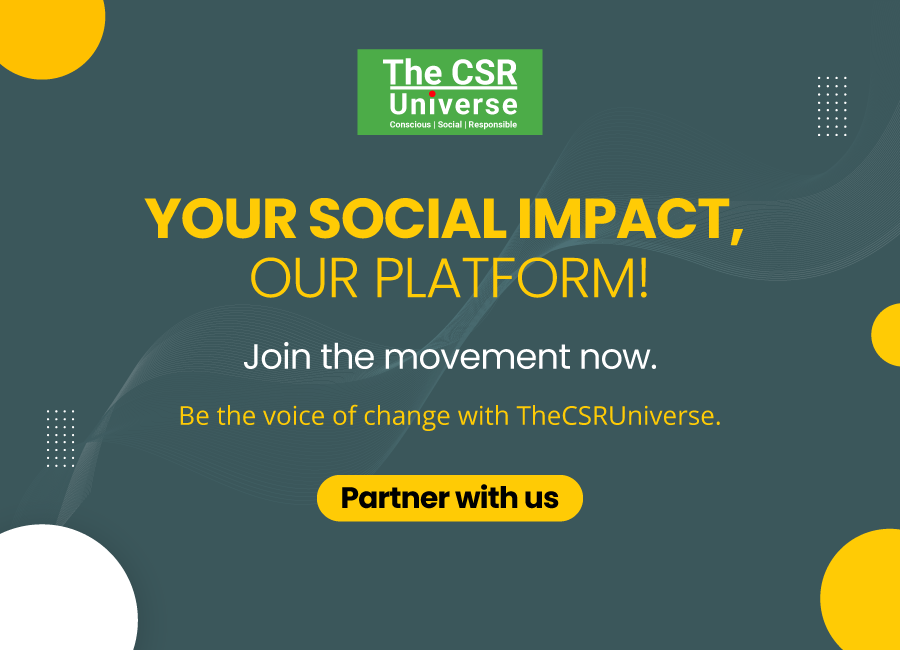



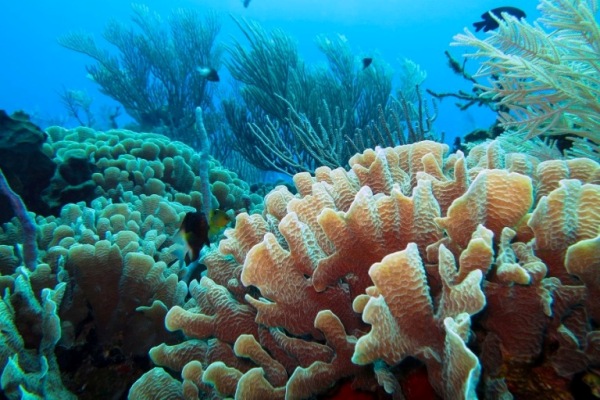


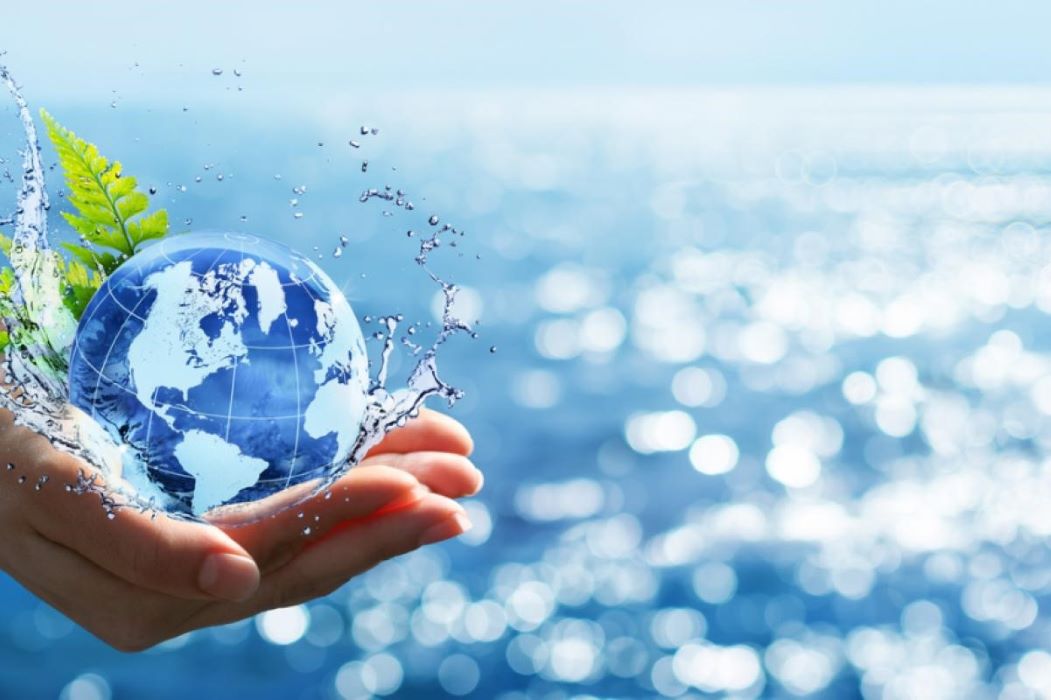

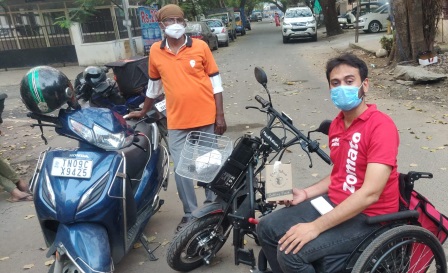
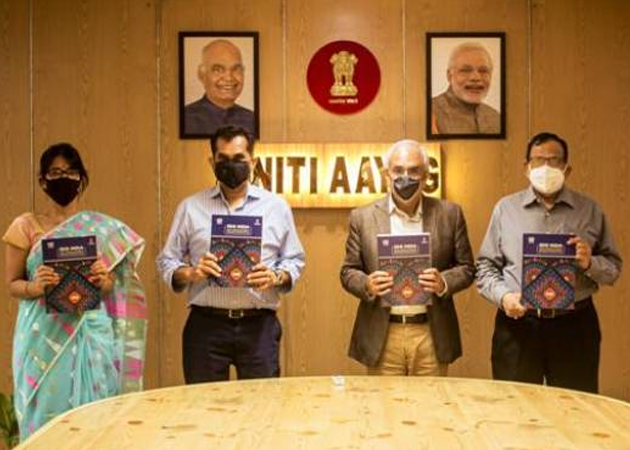
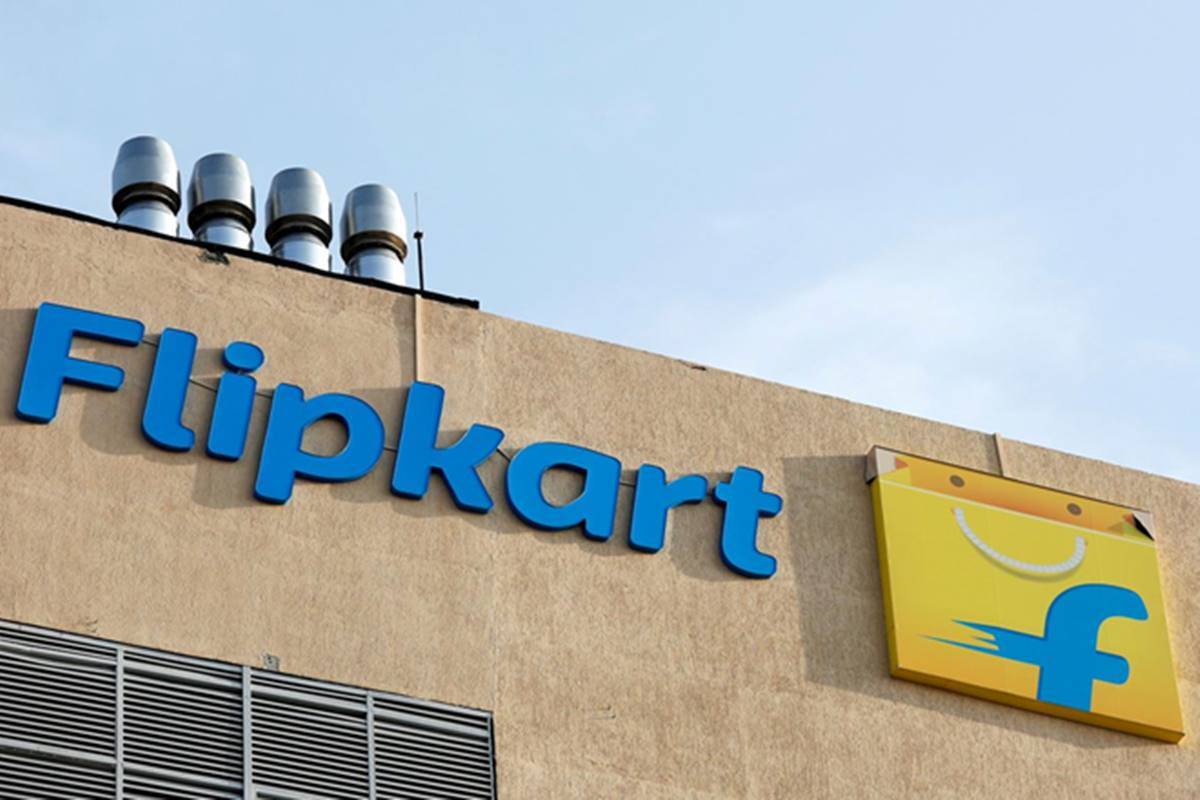

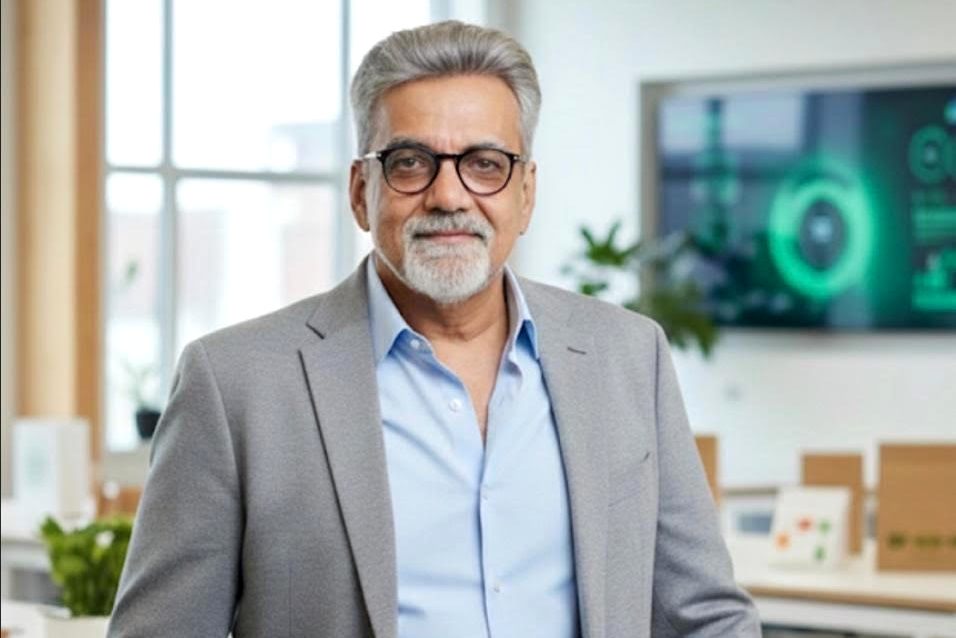



.jpg)

